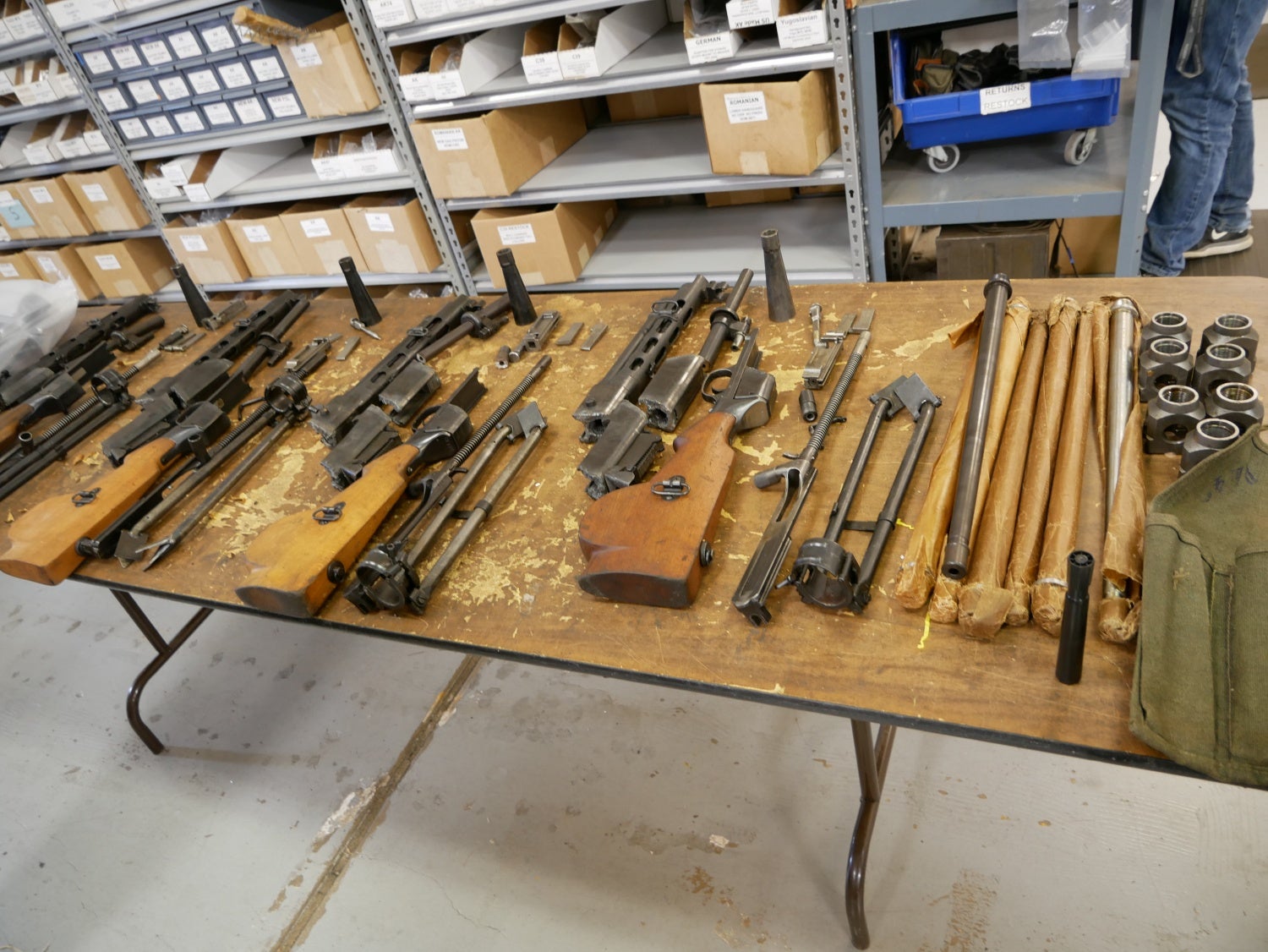If you’re an professional or amateur shooter, the optic’s parts contribute to making sure you get the best results. It is important to have a complete understanding of all the parts so that you can perform at your best with every shot.

Understanding the significance of opttic Parts of Shooting Sports
When shooting sports, whether it be shooting for competition, hunting or simply casually shooting at the range using a reliable, accurate firearm is crucial. Optic parts are a part that is often ignored yet is essential for precision and precision. Optic parts are also known by sights and can be attached to firearms to increase efficiency and accuracy. This article will explain the benefits and importance of optic parts as well as how they enhance your shooting abilities.
What is Optic Parts?
Optic components are parts that help shooters target their guns more accurately. There are a variety of options available, including magnified scopes, red dots sights, holographic sights, and iron sights. Each optic part is unique and comes with its own benefits. Your preferences for shooting and shooting needs will determine which part of the optic you select.
Iron sights, which are the most basic type optics, are commonly found in older guns. They are made up of a front sight post and a rear sight notch and the shooter is able to align the two in order to shoot at the desired target. Red dot sights make an adolescent reticle appear as an elongated dot on the lens with a tiny LED. These sights are well-known for their rapid target acquisition and ease of operation. Holographic sights use the power of a laser to produce an image of a reticle which appears to be a hologram, and they’re typically used in tactical and military applications. Furthermore, magnified scopes utilize lenses to increase the size of the target, making it simpler to focus accurately over long distances.
Why is it important to have Optic Parts important?
Optic parts help shooters aim better and more accurately. Optic parts allow shooters to focus with greater precision, particularly at longer distances. Optic parts also provide a quicker target acquisition process, which allows the shooter to aim quickly and with greater accuracy. Optic components are vital in tactical and hunting situations, as they improve accuracy in low-light conditions.
How to Choose the Right Optic Parts
It is crucial to choose the best optic parts for your shooting capabilities. When choosing an optic part there are numerous things to take into consideration, such as your shooting needs, budget, and type of firearm. Additionally, think about magnification and what kind of reticle you want.
The magnification of an optic component refers to the amount of zoom it provides. Magnified scopes are often utilized for long-range shooting as they allow the shooter to aim accurately at targets many hundred yards away. However, magnified scopes might not be suitable for close-range shooting. Red dot and holographic sights are commonly used for close-range shooting and rapid target acquisition, making them popular among shooters who are tactical.
When choosing an optic component when choosing an optic part, you must consider the type of Reticle. Reticles come in different styles and can be used in different shooting conditions. For example, a simple crosshair reticle is perfect to shoot at targets, while a BDC (bullet drop compensating) Reticle is ideal for shooting at long distances.
Maintaining your Optic Parts
It is crucial to correctly maintain your optics once you’ve selected them. Regular maintenance will ensure that your optic parts are reliable and accurate for many more years to come. Cleaning the lenses and checking the zero are some of the essential maintenance tasks. Storage is important.
Cleaning the lenses is essential for ensuring that your optic components provide clear and accurate image. It is possible to clean your lenses with the use of a microfiber cloth or lens cleaner. Avoid paper towels that are rough as they can scratch the lenses.
You can test the zero position of your optic components to make sure that they remain in the correct alignment. The optic parts may become out of alignment over time due recoil, among other things. To check the zero taking a few shots at a target , then adjust the optic parts as necessary.
For more information, click Glock trigger
